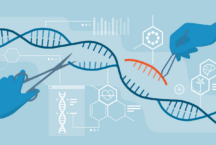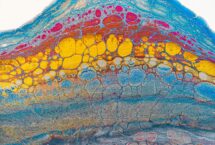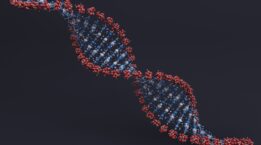

insights
ASH 2019: Themes and Trends Heading into 2020
The American Society of Hematology (ASH) Annual Meeting & Exposition is the largest gathering amongst the professional hematology community. In recent years, it has also become a place of convergence for immunoncology, cell and gene therapy companies to share clinical data and invaluable insights progressing through research and development. Given the number of clients that Halloran has in this area, ASH has become a staple conference for us where we can get a flavor of the themes driving the science that researchers and companies are excited about.
Below, I’ve highlighted some thoughts on trends and themes that shared the spotlight in 2019 and will continue to draw attention to 2020.
Gene Therapy
Each year at ASH, companies share promising data that continues to provide more confidence that ex vivo gene therapy approaches to modifying hematopoietic stem cells (HSCGT) can correct severe blood disorders that have limited treatments. Thanks to companies like bluebird, Sangamo, Orchard, Beam, and Editas, we are discovering that there are several hematological/immunological diseases and targets that can be addressed by HSCGT or gene-editing. However, as promising as these treatments can be, there are still some lingering questions that companies and regulatory agencies need to consider:
- What about the non-responders?
- What are the long-term risks (if any)?
- Will these treatments ever be broadly affordable and available?
In 2020, I believe the gene therapy space will demonstrate more technological breakthroughs including immune suppression/evasion, differentiated gene modification, and cell expansion techniques that ultimately allow for additional diseases to be targeted in clinical trials.
CAR-T: Now and Next Generation
The main story coming out of ASH 2019 was the many data updates on the clinical efficacy of CAR-T cellular immunotherapies for hematological malignancies. CAR-T has certainly been validated as a breakthrough anti-tumor approach by Kite/Gilead, Novartis, Juno/Celgene, and now Janssen (J&J). Much like HSGCT for rare hemoglobinopathies, CAR-T therapy is changing the long-term outcomes for several groups of cancer patients who have very few treatment options. Also, much like HSGCT, this ex vivo gene-modification requires an extensive (and expensive) manufacturing/development process. Precigen presented some data on a novel approach to CAR-T production that uses plasmid transfection for CAR expression and aims to expand the T-cells in vivo. It will be interesting to watch a platform such as this advance to the clinic, as it could substantially reduce the cost of a life-saving therapeutic modality.
In 2020, I believe we will see next-generation CAR-T programs pushing the efficacy results to new boundaries of success, and with competition on the horizon, we will likely see an aggressive push by first-generation manufacturers to make these therapies cost-effective for all.
Hematology and Immunology
Finally, the last theme I sensed picking up interest at ASH 2019 was the intersection of immunology and hematology. There were several presentations and posters from companies, such as Rigel Pharmaceuticals and Sanofi, going after immune thrombocytopenia (ITP), warm autoimmune hemolytic anemia (wAIHA) and cold agglutinin disease (CAD) that continues to demonstrate the increased knowledge (and business interest) behind the development of immune system modulators to treat anemias and cytopenias. Other topics that garnered a great deal of attention were antiphospholipid syndrome (APS) and catastrophic APS (or CAPS) and its association with innate immune defects which indicates that there may be additional targets of the immune system that companies can look at to address severe hematological disorders. The intersection of autoimmunity and hematological disorders is a natural fit for the ASH audience, and it was well represented. Several companies are exploring this space, and likely even more that will form over the next few years.
As ASH continues to grow (around 40,000 people attended this year), the understanding of disease physiology grows as well. The number of clinical development programs in HSGCT, CAR-T and AAV Gene Therapy is rapidly increasing. Along with that are the superior clinical outcomes these technologies are demonstrating in early and late-stage trials. It is an exciting time to participate in the development of these therapeutics, and each new iteration of ASH provides a fresh look at what the future possibilities are for treatments in malignant hematology and rare, genetic hematological and immunological diseases. I look forward to seeing these possibilities form into realities and meeting the researchers behind them in 2020, and for many years to come.




